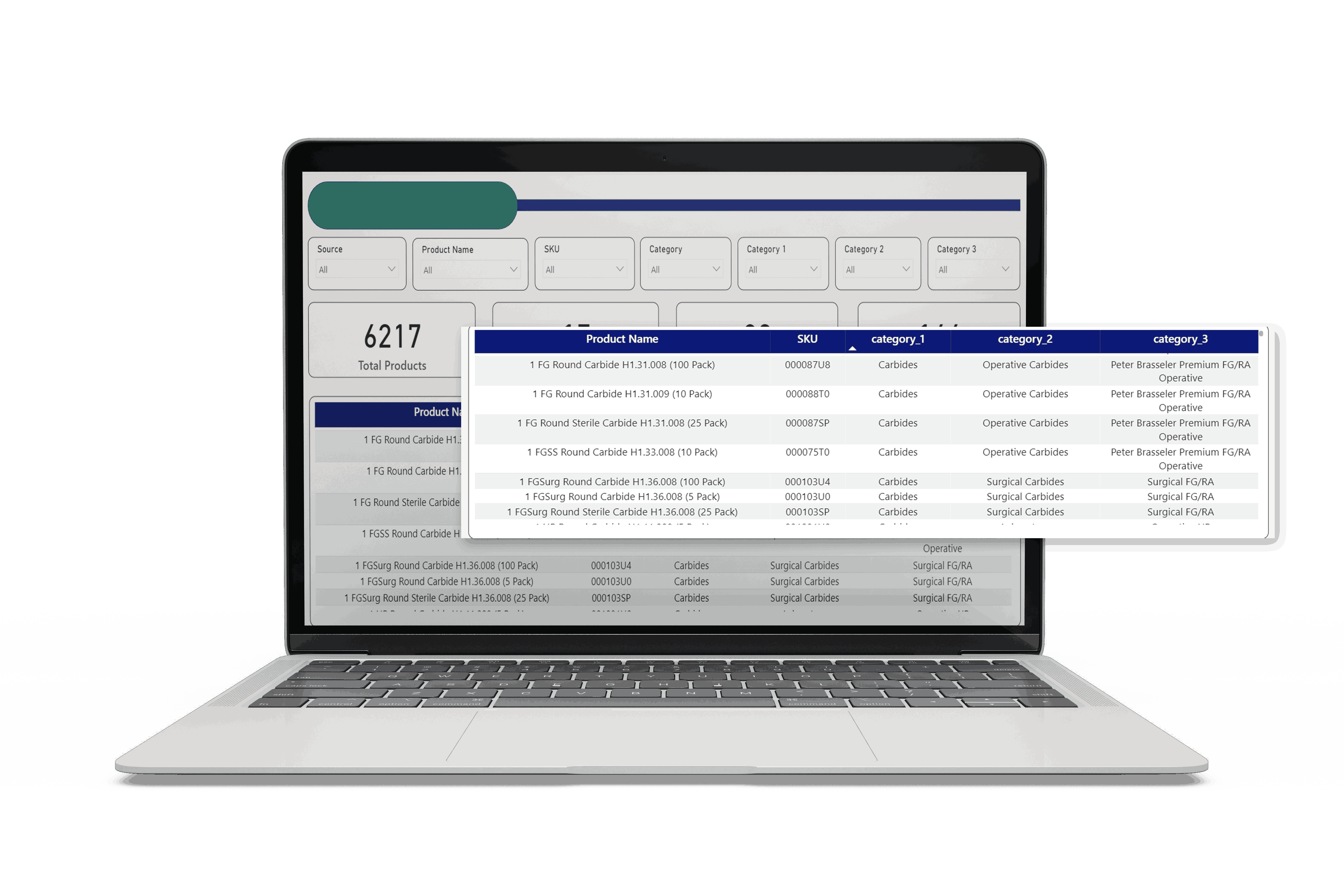In an increasingly interconnected world, telemedicine is at the forefront of changing healthcare accessibility. The effortless fusion of technology and medicine has brought about transformative changes, making it possible for patients to receive quality care from the comfort of their homes. A pressing concern, however, is the need for stronger privacy and security measures with this convenience.
Enter blockchain technology, a novel innovation that holds the promise of reshaping the domain of healthcare data management. As telemedicine apps explode in popularity, the critical need to protect sensitive patient information against cyber threats becomes cardinal. This makes it necessary to explore the intersection of telemedicine app development and blockchain security.
By combining telemedicine with blockchain technology, healthcare is at an inflection point, providing data protection and ensuring privacy. In addition to increasing the efficiency of healthcare services, this fusion also aims to protect data from unauthorized access and breaches.
In this article, we dive into the important role of blockchain technology in healthcare, its application in telemedicine, and how this integration serves as a protection against the vulnerabilities deep-rooted in digital healthcare systems.
As we discover the advantages of integrating blockchain into telemedicine, we will promote privacy and security in telemedicine to unprecedented levels.
As a decentralized and distributed ledger, blockchain is the foundation of digital currency. A network of computers maintains a record of transactions that serves as the foundation for the blockchain. This secure and transparent system eliminates the need for a central authority, fostering trust and enhancing data integrity.
Blockchain technology has emerged as a transformative force in telemedicine, presenting a myriad of advantages and innovative applications within healthcare. From protecting data security to changing healthcare delivery, the potential of blockchain spans a range of benefits and practical use cases that redefine the aspect of modern medicine.
This technology has robust solutions to strengthen data privacy, ensure tamper-proof records, and enable transparent, secure data sharing. Its encryption techniques boost patient data security, safeguard against unauthorized breaches, and enhance confidentiality.
Think of a blockchain as a super-secure digital ledger or record book. This record book keeps everything in a way that can’t be changed, making sure medical information stays accurate and safe from any cheating. This helps us trust that the information in the healthcare system is reliable and keeps it safe from people trying to do something dishonest.
Furthermore, blockchain’s transparency and traceability are important in promoting accountability and enabling controlled data sharing among healthcare providers. This technology optimizes electronic health record management, restructures payment and insurance claims in telemedicine, and even transforms supply chain management by verifying the authenticity of medical supplies.
With its potential to simplify clinical research data sharing securely and transparently, blockchain stands at the forefront of healthcare innovation, promising a future where telemedicine is secure, efficient, and patient-centric.
Blockchain technology safeguards sensitive patient data in EHRs.
Decentralized Storage: EHRs are stored on a secure decentralized network, preventing the risks of centralized repositories.
Immutable Records: EHRs become tamper-proof once recorded on the blockchain, negating unauthorized alterations.
Controlled Access: Only authorized healthcare providers can access EHRs with patient consent, ensuring privacy.
Secure Data Transmission: Blockchain protocols encrypt and securely transmit patient data during telemedicine consultations.
End-to-End Encryption: Data remains encrypted, shielding it from unauthorized access throughout transmission.
Patient Control: Patients manage access to their medical data during telemedicine sessions, enhancing control.
Immutable Medical Records: Once on the blockchain, medical records remain unalterable, preserving data integrity.
Automated Procedures: Smart contracts automate tasks like billing and medication management, reducing errors and fraud risks.
Access Control: Smart contracts enforce strict access rules, ensuring only authorized users access patient data.

Harnessed the power of data-driven insights enabling the client to gain a comprehensive understanding of the market dynamics and competitor landscape. Our expertise in web scraping, data processing, and the development of a user-friendly PowerBI dashboard proved instrumental.
When blockchain is implemented in telemedicine, regulatory compliance in healthcare and legal complexity must be addressed. Keeping up with evolving standards and navigating legal frameworks becomes crucial. To ensure compliance mandates are met and foster trust through ethical data handling practices, it is necessary to conduct regular security audits and risk assessments.
Adopting blockchain in telemedicine presents technical hurdles and scalability concerns. Overcoming these obstacles involves exploring advancements in interoperability and data exchange standards. Finding solutions to enhance system efficiency without compromising security remains crucial for seamless integration.
Educating stakeholders, including healthcare professionals and patients, on blockchain security’s nuances is imperative. Highlighting the benefits of blockchain in securing electronic health records and protecting patient identities fosters user trust. Establishing secure communication channels and leveraging smart contracts for transactions requires comprehensive education for effective utilization.
Addressing Regulatory Compliance and Legal Implications of Blockchain Integration in Telemedicine
As blockchain technology continues to evolve, it is essential to address the regulatory and legal implications of its integration into telemedicine. This includes:
🔹Data Governance Frameworks: Clear data governance frameworks must be established to ensure responsible data handling and patient privacy protection.
🔹Regulatory Harmonization: Harmonization of data privacy regulations across jurisdictions is crucial to facilitate cross-border telemedicine services.
🔹Legal Clarity on Smart Contracts: Legal clarity regarding the enforceability and liability of smart contracts in healthcare applications is essential.

By adhering to these best practices, telemedicine platforms can harness the transformative power of blockchain technology while prioritizing the security and privacy of patient data.

With blockchain’s unbreakable walls, patients can access top-notch healthcare services from anywhere, knowing their data is safe. Using blockchain technology to secure sensitive data transforms telemedicine. This future is within reach, but challenges stand in the way.
Here, Mindbowser helps you with expertise in both telemedicine and blockchain and helps you overcome these hurdles. Together, we build a future where convenience and security blossom hand-in-hand. Let’s revolutionize telemedicine, one secure step at a time.
By generating an unchangeable and transparent ledger, blockchain technology improves security. Because it is decentralized, trust and integrity are guaranteed against tampering or unauthorized changes to data. It creates safe transactions and guards against fraud using cryptographic techniques, providing a strong foundation for safe digital interactions.
Using blockchain technology to manage patient data securely is one example. It guarantees patient privacy while ensuring encrypted, transparent, and accessible records. With the help of this technology, healthcare providers can share medical histories more effectively, which fosters better teamwork and patient care.
Launch Faster with Low Cost: Master GTM with Pre-built Solutions in Our Webinar!
Register Today!

Mindbowser and team are professional, talented and very responsive. They got us through a challenging situation with our IOT product successfully. They will be our go to dev team going forward.

Founder, Cascada

Amazing team to work with. Very responsive and very skilled in both front and backend engineering. Looking forward to our next project together.

Co-Founder, Emerge

The team is great to work with. Very professional, on task, and efficient.

Founder, PeriopMD

I can not express enough how pleased we are with the whole team. From the first call and meeting, they took our vision and ran with it. Communication was easy and everyone was flexible to our schedule. I’m excited to...

Founder, Seeke

Mindbowser has truly been foundational in my journey from concept to design and onto that final launch phase.

CEO, KickSnap

We had very close go live timeline and MindBowser team got us live a month before.

CEO, BuyNow WorldWide

If you want a team of great developers, I recommend them for the next project.

Founder, Teach Reach

Mindbowser built both iOS and Android apps for Mindworks, that have stood the test of time. 5 years later they still function quite beautifully. Their team always met their objectives and I'm very happy with the end result. Thank you!

Founder, Mindworks

Our CISO was extremely impressed by Mindbowser’s work. It is pretty rare to see this kind of clean security report so early in the company’s journey. Huge Thank you for the disciplined approach here.

Founder, TrestleIQ

Mindbowser has delivered a much better quality product than our previous tech vendors. Our product is stable and passed Well Architected Framework Review from AWS.

CEO, PurpleAnt

The flexibility and capacity of the Mindbower staff has been impressive.

CEO, ProofPilot

I am happy to share that we got USD 10k in cloud credits courtesy of our friends at Mindbowser. Thank you Pravin and Ayush, this means a lot to us.

CTO, Shortlist

Mindbowser is one of the reasons that our app is successful. These guys have been a great team.

Founder & CEO, MangoMirror

Kudos for all your hard work and diligence on the Telehealth platform project. You made it possible.

CEO, ThriveHealth

Mindbowser helped us build an awesome iOS app to bring balance to people’s lives.

CEO, SMILINGMIND

They were a very responsive team! Extremely easy to communicate and work with!

Founder & CEO, TotTech

We’ve had very little-to-no hiccups at all—it’s been a really pleasurable experience.

Co-Founder, TEAM8s

Mindbowser was very helpful with explaining the development process and started quickly on the project.

Executive Director of Product Development, Innovation Lab

The greatest benefit we got from Mindbowser is the expertise. Their team has developed apps in all different industries with all types of social proofs.

Co-Founder, Vesica

Mindbowser is professional, efficient and thorough.

Consultant, XPRIZE

Very committed, they create beautiful apps and are very benevolent. They have brilliant Ideas.

Founder, S.T.A.R.S of Wellness

MindBowser was great; they listened to us a lot and helped us hone in on the actual idea of the app. They had put together fantastic wireframes for us.

Co-Founder, Flat Earth

Ayush was responsive and paired me with the best team member possible, to complete my complex vision and project. Could not be happier.

Founder, Child Life On Call

As a founder of a budding start-up, it has been a great experience working with Mindbower Inc under Ayush's leadership for our online digital platform design and development activity.

Founder, Courtyardly

The team from Mindbowser stayed on task, asked the right questions, and completed the required tasks in a timely fashion! Strong work team!

CEO, SDOH2Health LLC

Mindbowser was easy to work with and hit the ground running, immediately feeling like part of our team.

CEO, Stealth Startup

Mindbowser was an excellent partner in developing my fitness app. They were patient, attentive, & understood my business needs. The end product exceeded my expectations. Thrilled to share it globally.

Owner, Phalanx

Mindbowser's expertise in tech, process & mobile development made them our choice for our app. The team was dedicated to the process & delivered high-quality features on time. They also gave valuable industry advice. Highly recommend them for app development...

Co-Founder, Fox&Fork
